Since I discovered Photography at the age of 13, it has been my joy, my hobby, my passion, my favorite activity… It is a gift of life that there are now blogs on the Internet like this one, where photography enthusiasts can share our experiences about this wonderful activity… I can do Photography along with the things I like the most: traveling, walking and spending time with my loved ones, because taking photos of them is always a nice excuse to spend time with them.
I had my first photographic experiences back in the 80s with instant cameras, like a Kodak Instamatic 77X and a Beirette vSn manufactured in democratic Germany; but neither of these cameras allowed me to take good quality photos. Even so, when I used them I knew that photography had hooked me forever.
The only one I could buy…
Mine is a story that has probably been repeated many times by many different people: In the photography stores there were very nice and capable Nikons, Canons and Minoltas, but I couldn’t afford any of them. At 16, when I was in high school (where I took a Photography Course), I saved up the money I needed to buy a Ricoh KR10 Super, which was the only SLR camera I could afford in 1988. At that time I didn’t have a job and I only had the money my parents gave me for school. The camera came with a Rikenon 50mm f/2.0 lens, a case and a thin strap. And when I put the first roll of film in it (a Kodacolor 200 if I’m not mistaken) I fell in love with it and it became my inseparable companion. Wherever I went, there was the camera… That’s why I wanted my first contribution to this blog to be about this camera.
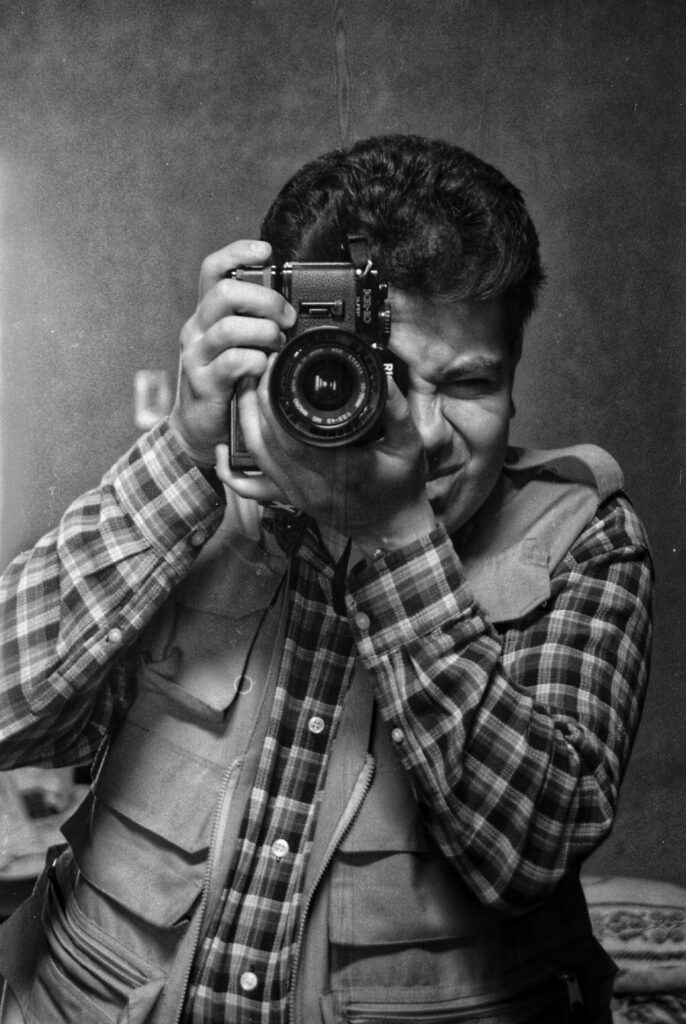
I’ll start by saying that all the photos in this collaboration were taken with the Ricoh KR10 Super that you see in the image above (which I also took with an Olympus OMD EM10 II). As I had never used a Minolta, Nikon or Canon, I had no means of comparing their functions or performance, and perhaps that’s why I thought it was an excellent camera. A year after I bought it, I was able to acquire an Exacta 35-70 f3.5-4.8 Zoom lens that made this camera more versatile, and then I bought a Sigma 55-200 f4.0 lens with which I have taken very nice portraits.
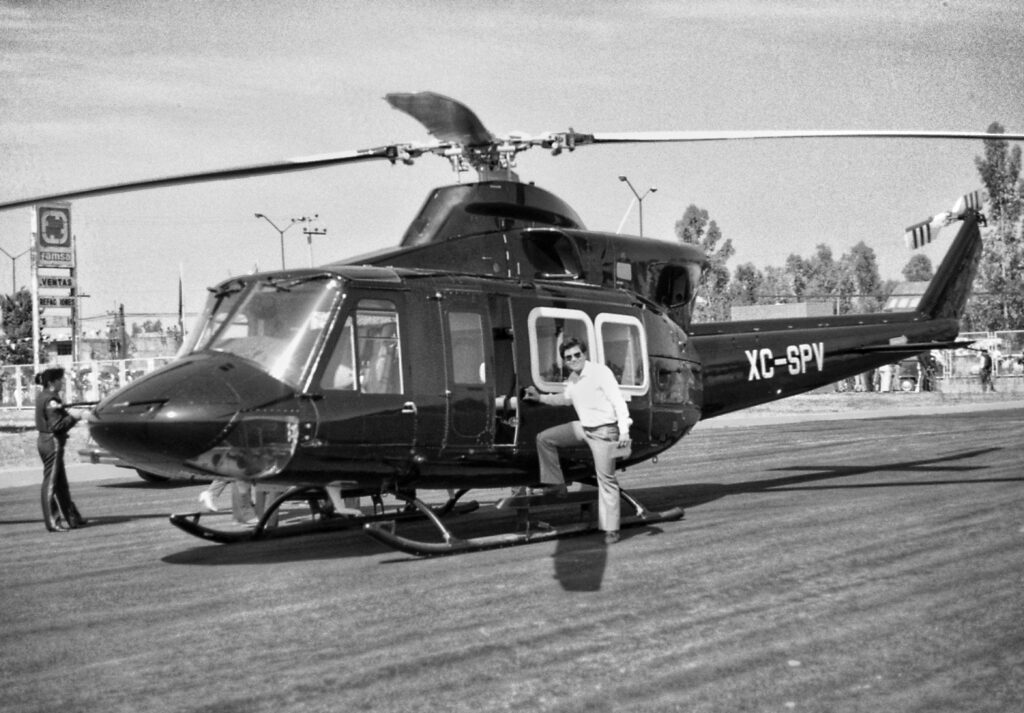
For more than six years it was the only camera I used. In all my adventures I took it with me and I learned how this SLR worked and I discovered that it was a very capable camera.
Walking around downtown Mexico City
I began by touring the Center of Mexico City (where I have always lived) and then this camera accompanied me on my trips to different places in Mexico and allowed me to document my participation as a Catholic Missionary in some Mazahua Indigenous communities in Mexico.
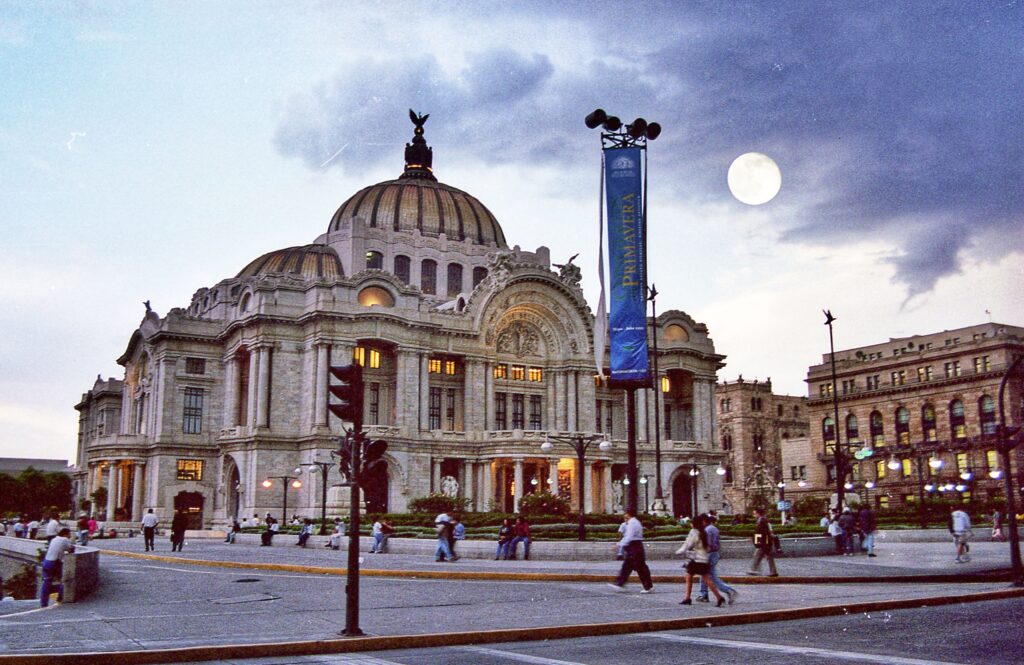
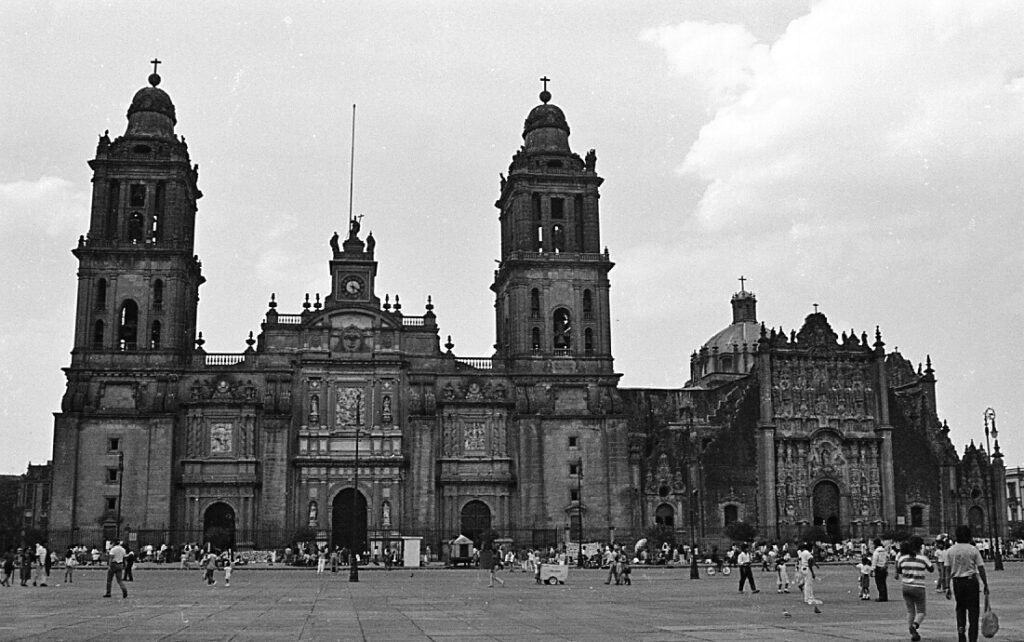
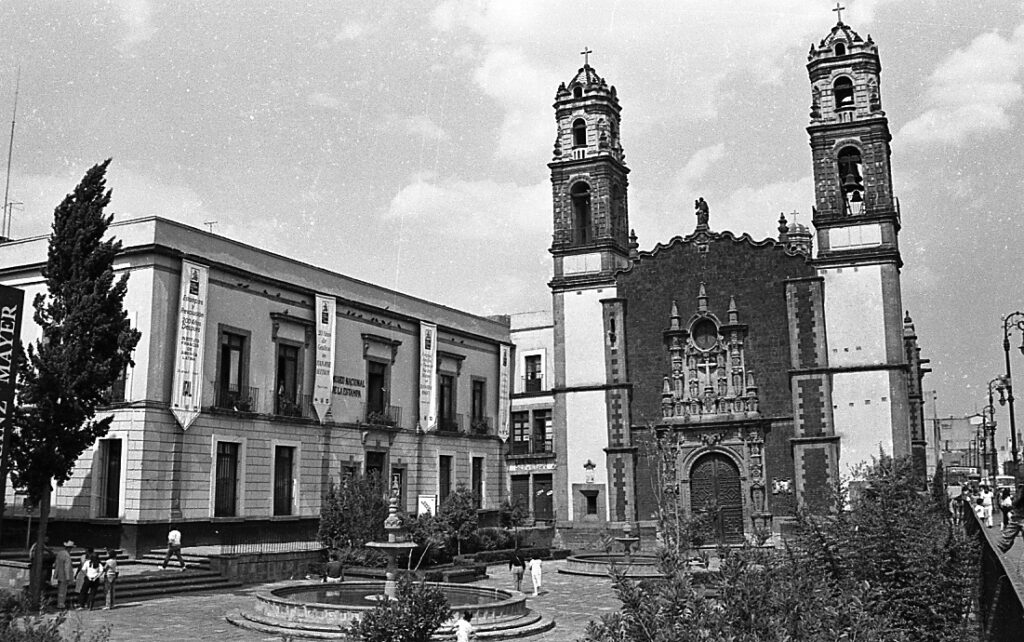
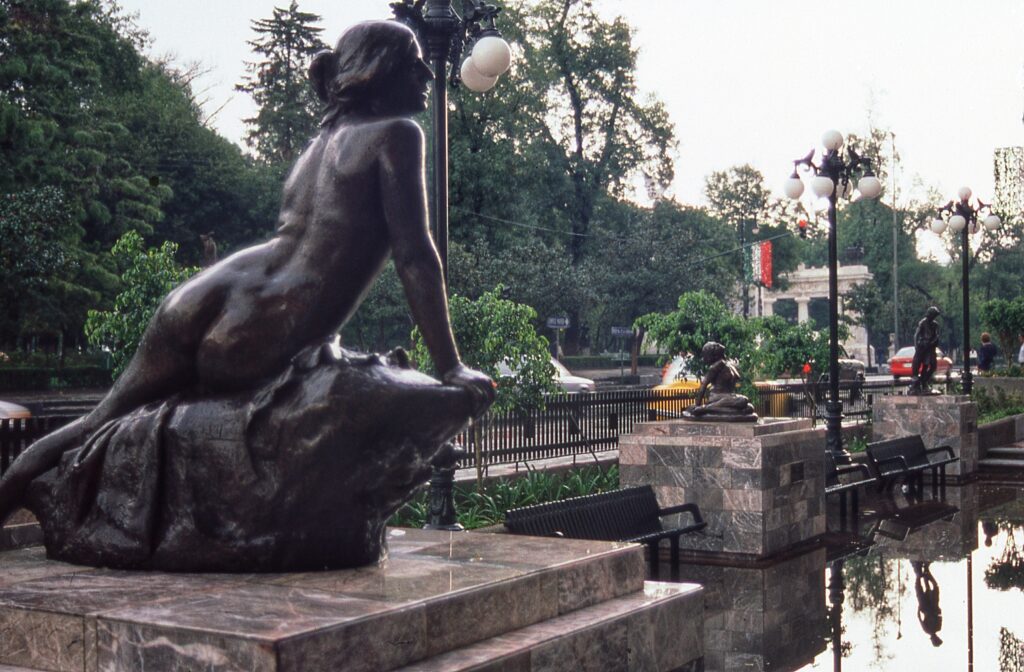
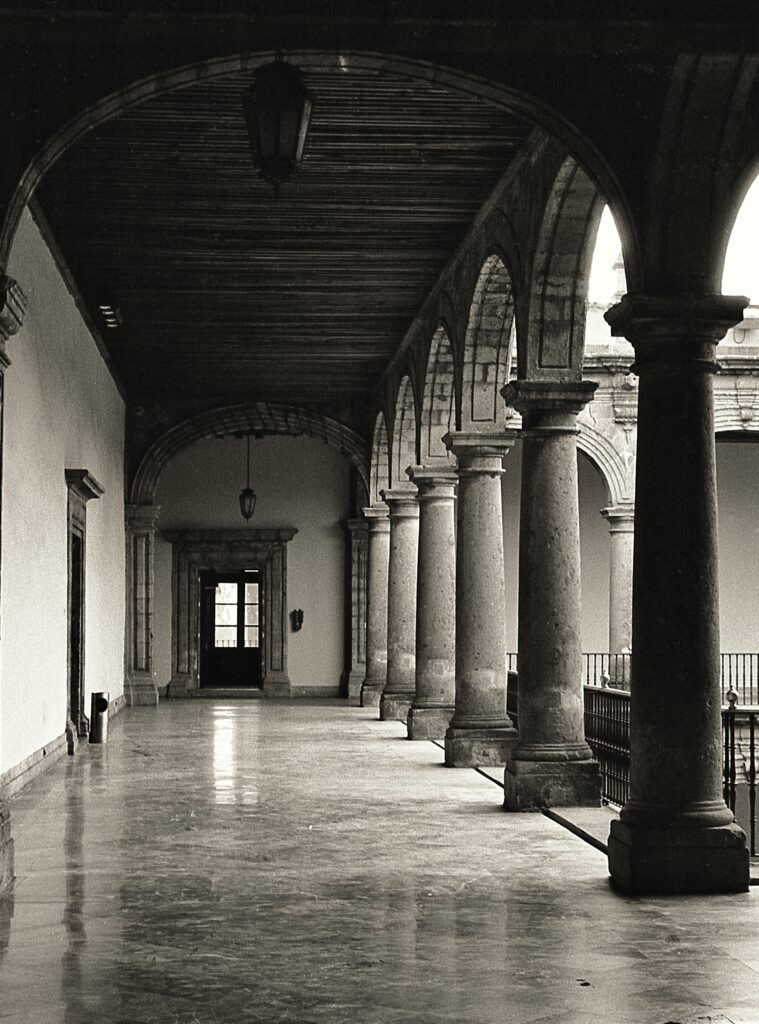
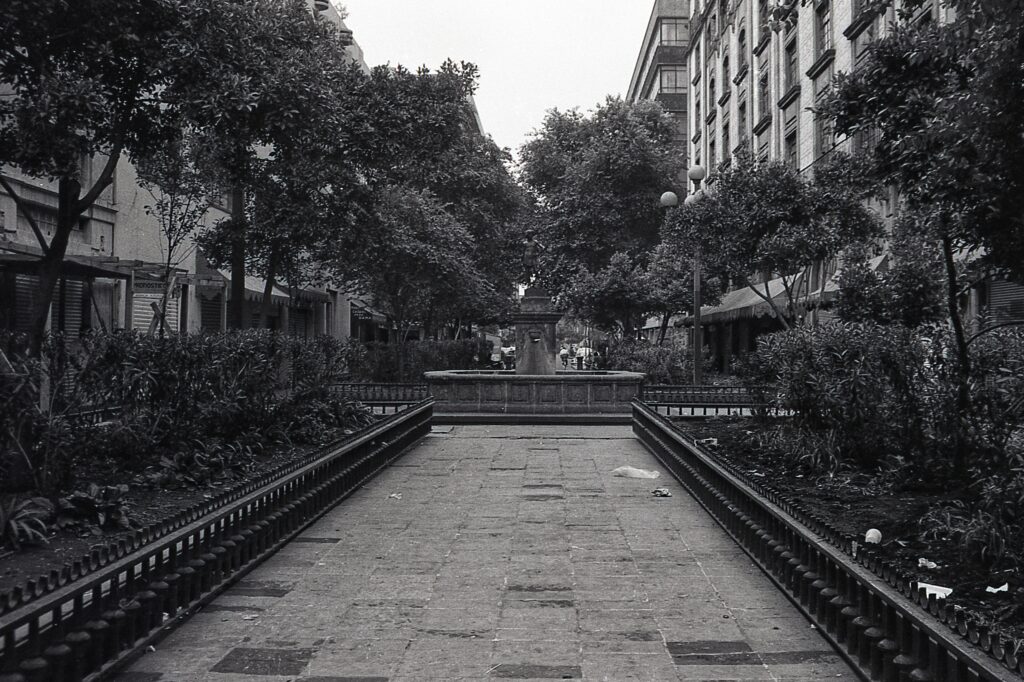
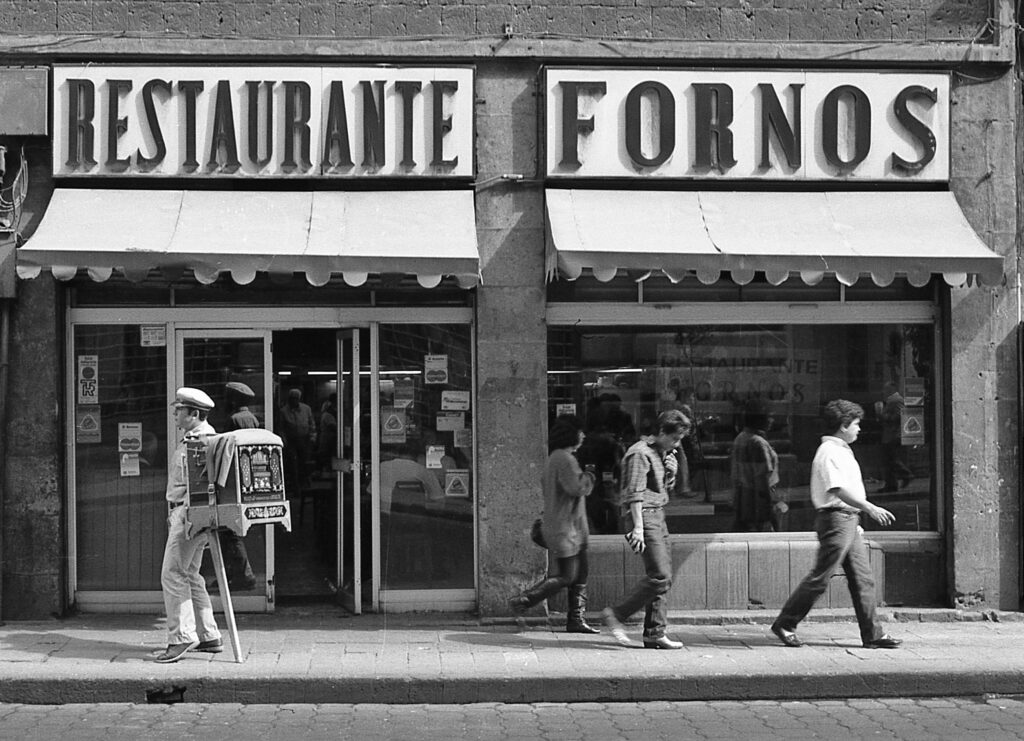
Traveling around various places in Mexico with the camera…
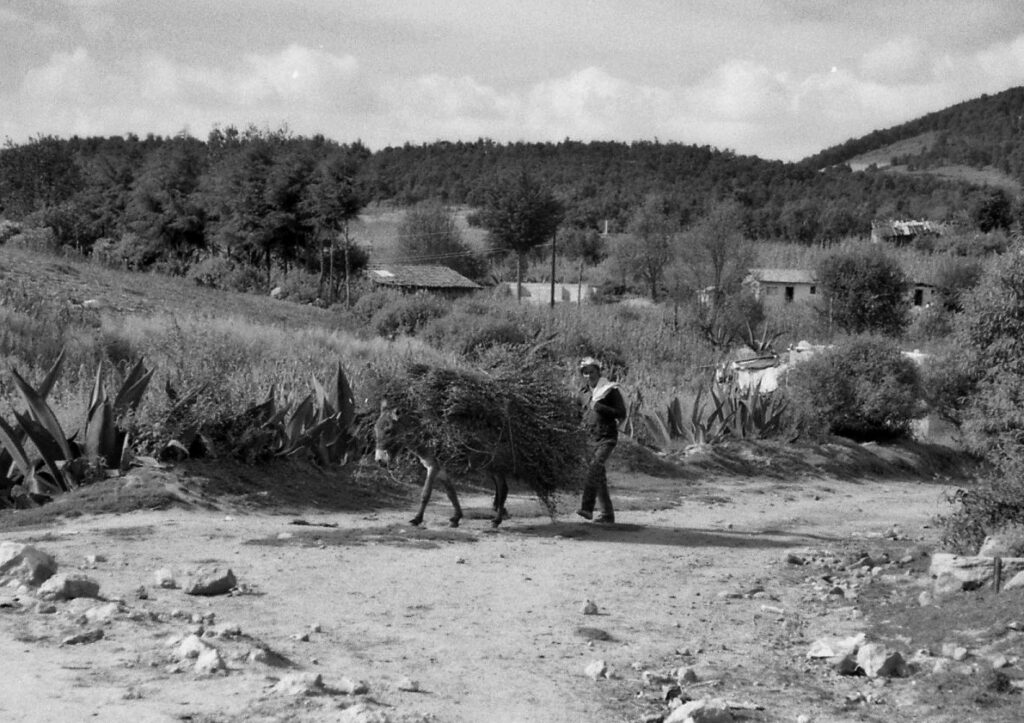
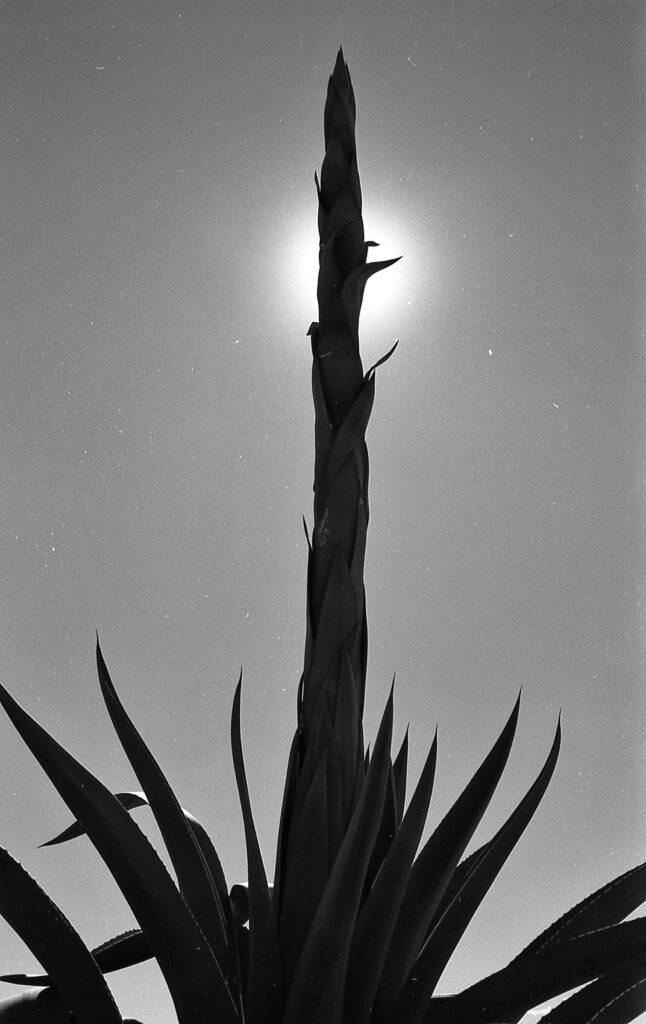
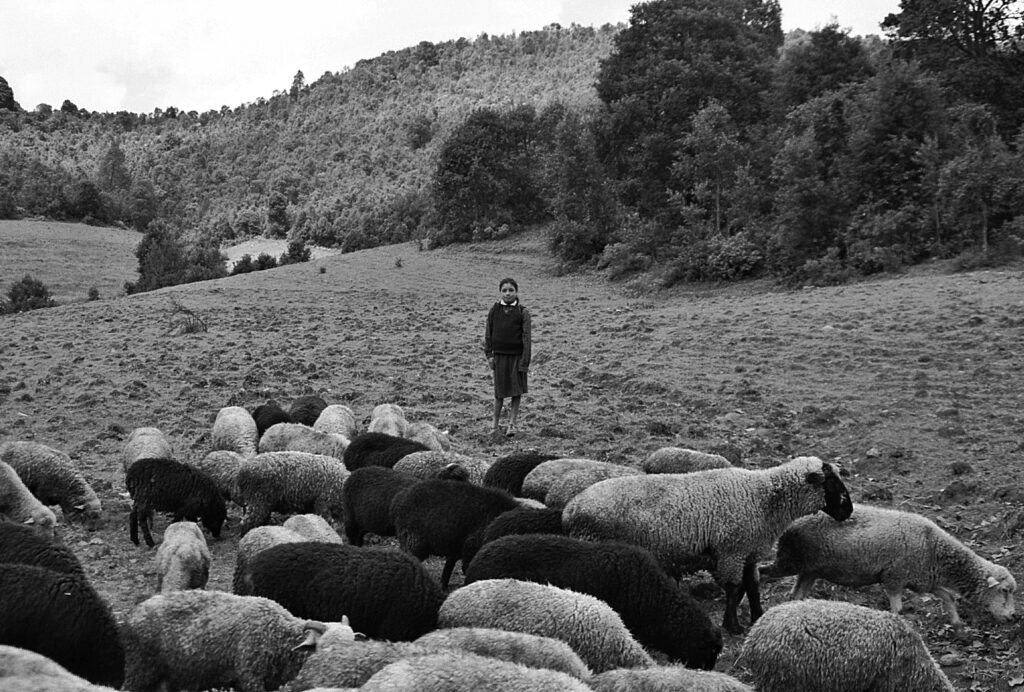
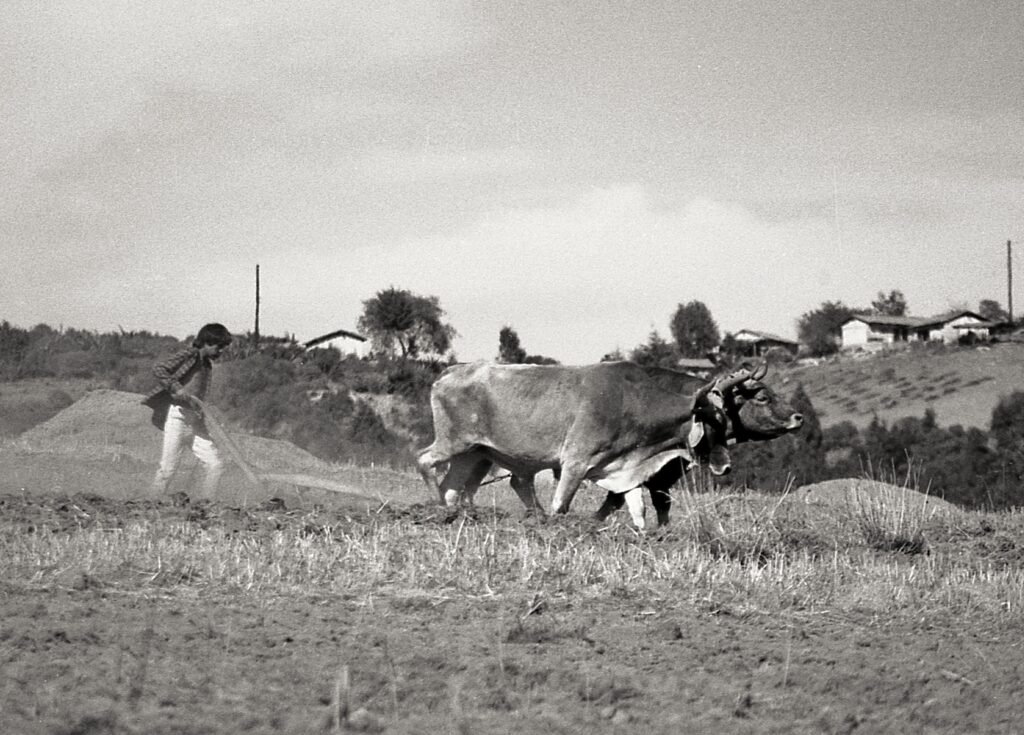
Furthermore, in the time that I only had that camera, it also accompanied me in my family and social life, weddings, birthdays, Christmases with the family, doing its job very well, helping me learn about photographic technique, and above all, allowing me to tell the story of everything I experienced to the people with whom I shared those images. That made me understand something that was key in my photography experience: the Photographer is a Storyteller…
And then films such as Plus X Pan 125 and Tri X Pan of Kodak and many others films like Fujicolor, Agfa, and Konica color films They went through my camera. I learned to process my own films at home and set up a small temporary darkroom (in the bathroom because I didn’t have any other space in the house), and then I got even more hooked on photography. Processing your own images in a darkroom is the other almost magical adventure of photography.
It has made me very happy to share these stories in images with my family and friends. I think that after all these years of taking photos, all my family members and all my friends have photos that I have taken and given them as gifts. But above all, Photography has allowed me to be part of the important events in their lives and I have been able to witness all of it.
And of course, I took many photos of my girlfriend, whom I married in 1999, and who served as my model and has been infinitely patient with me in my taste for photography.
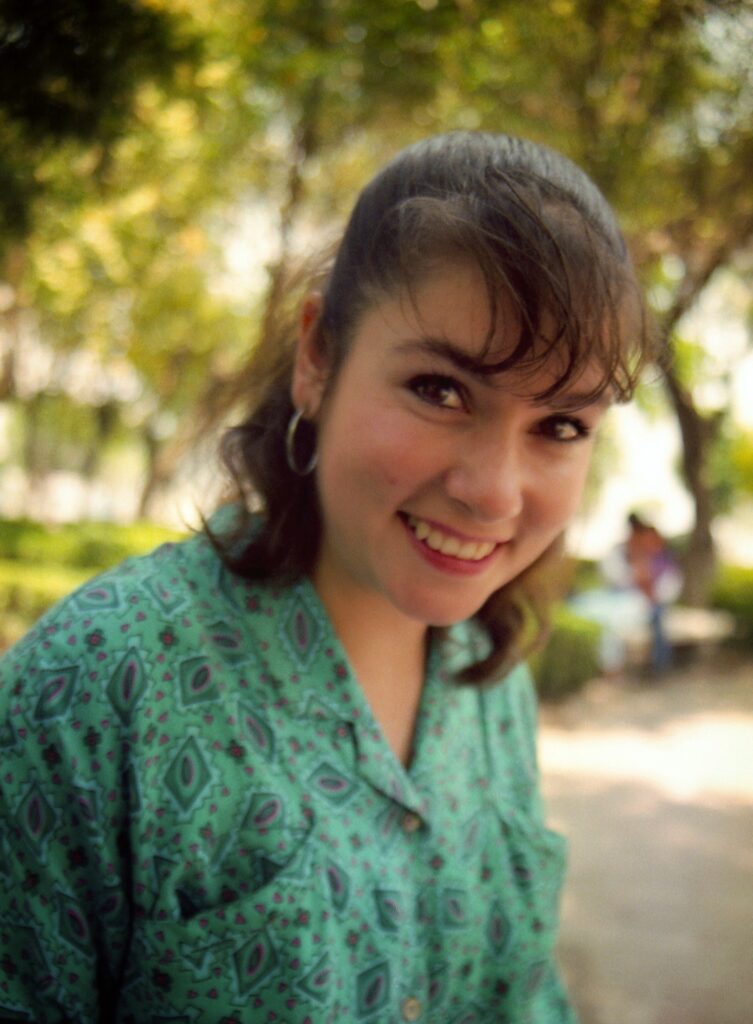
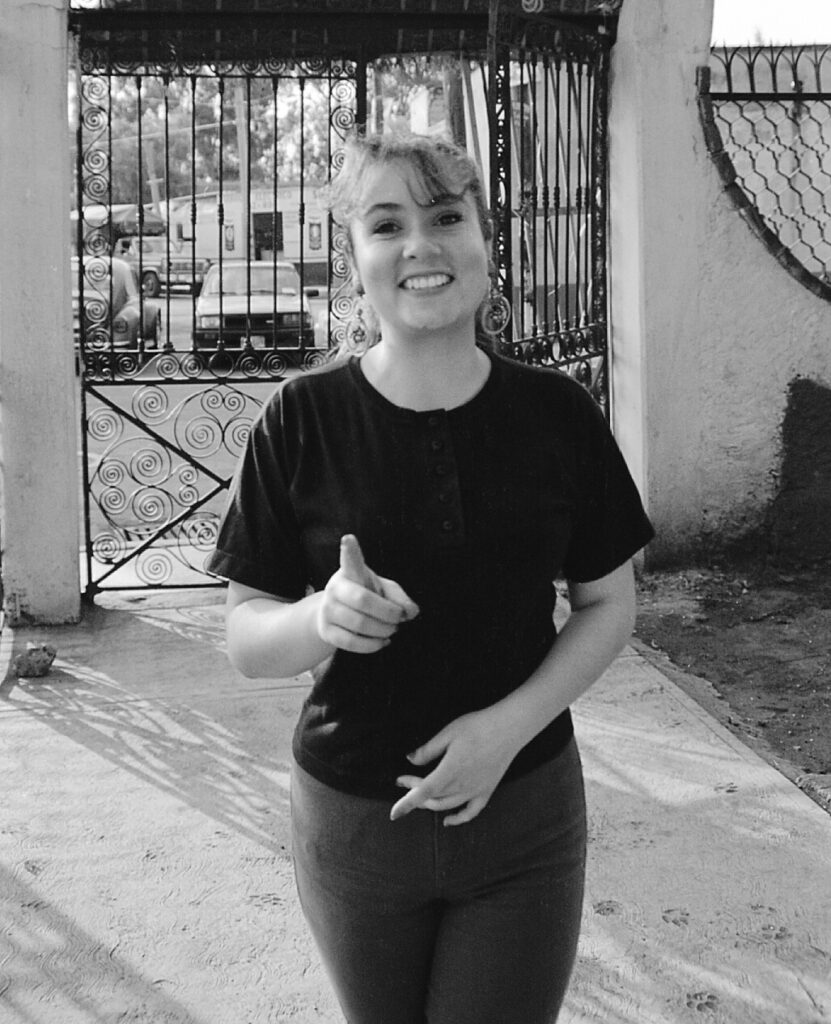
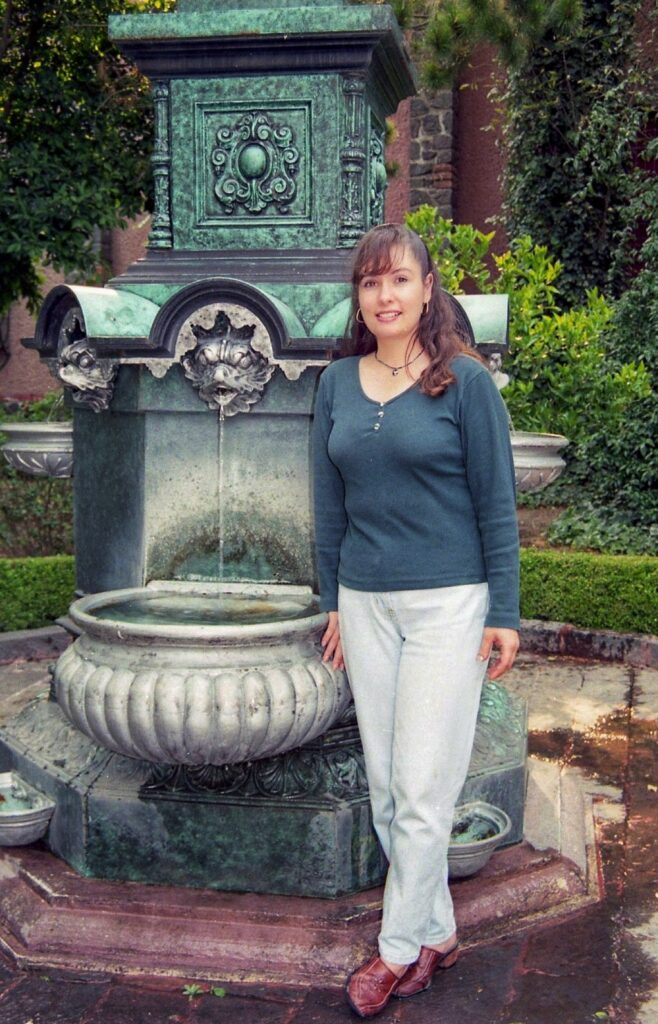
I am very happy to share with you some of the photos I took on some trips I took in those years. You will have to excuse my lack of technique and expertise, but I had very little experience taking photos in those years.
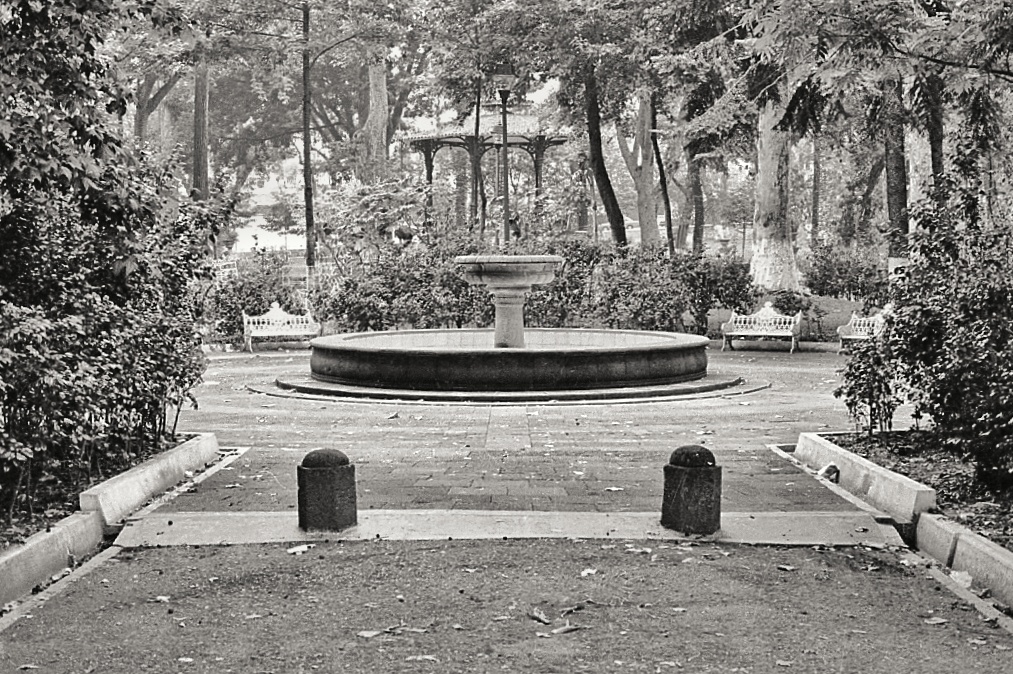
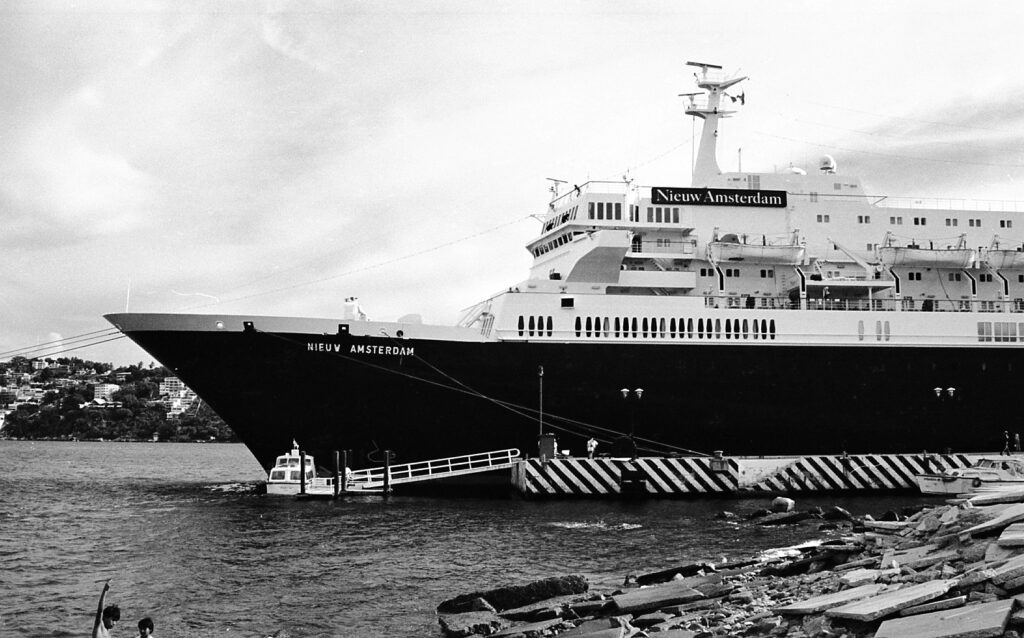
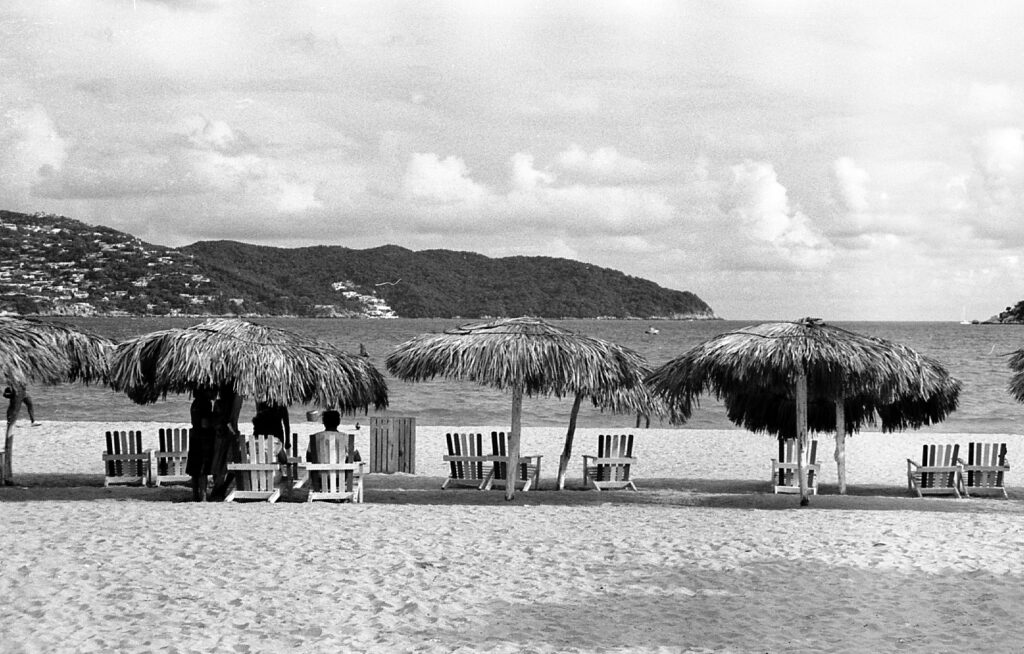
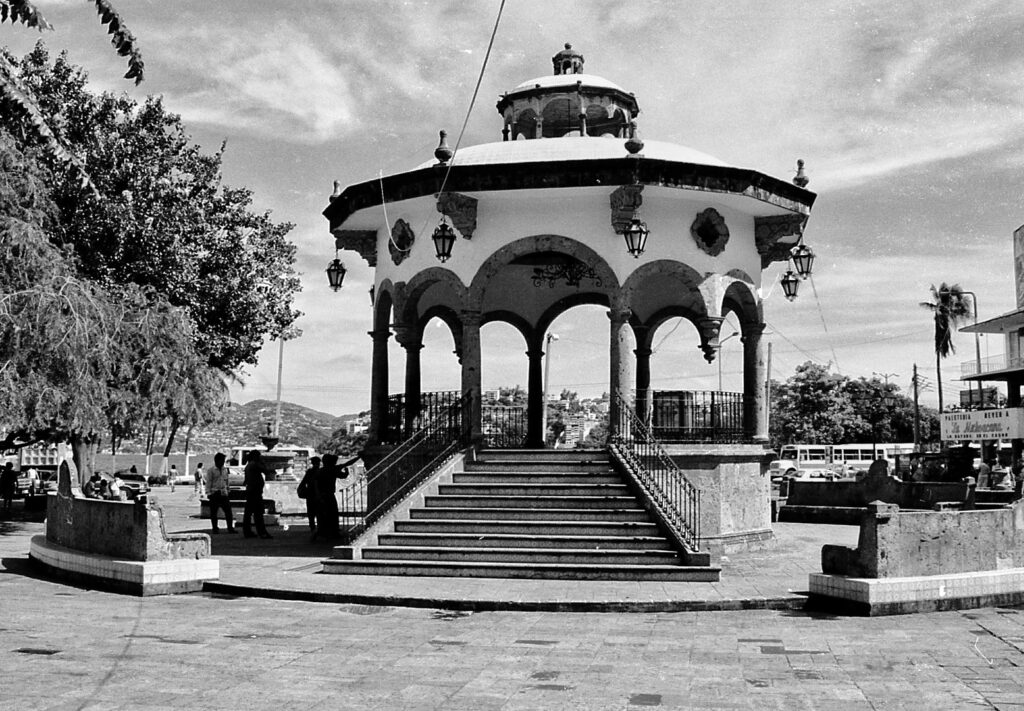
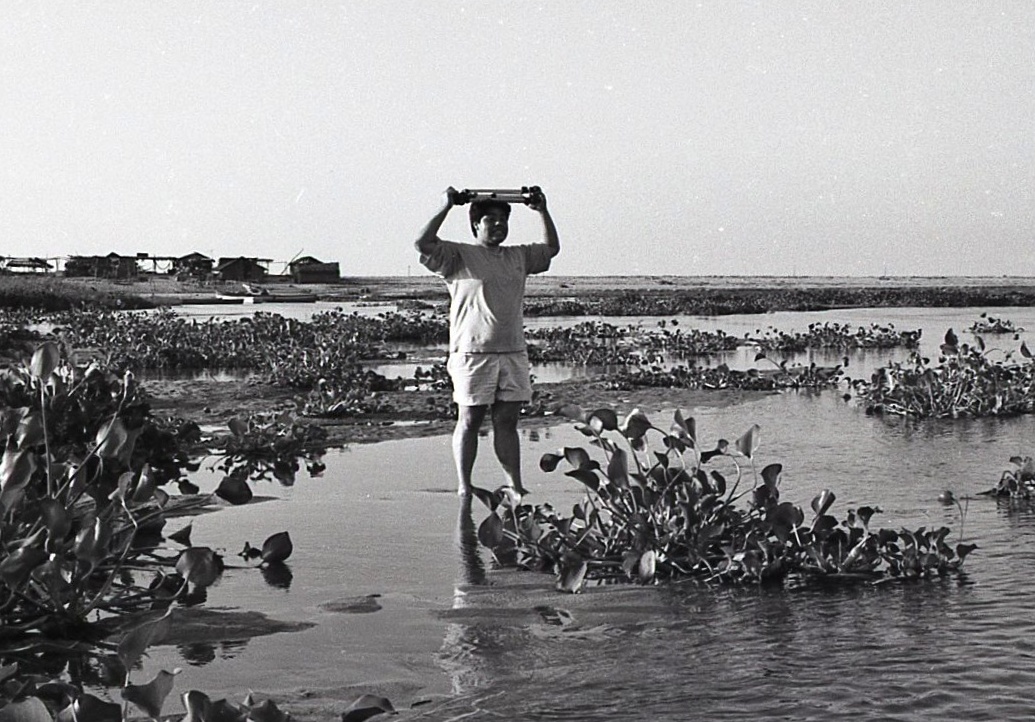
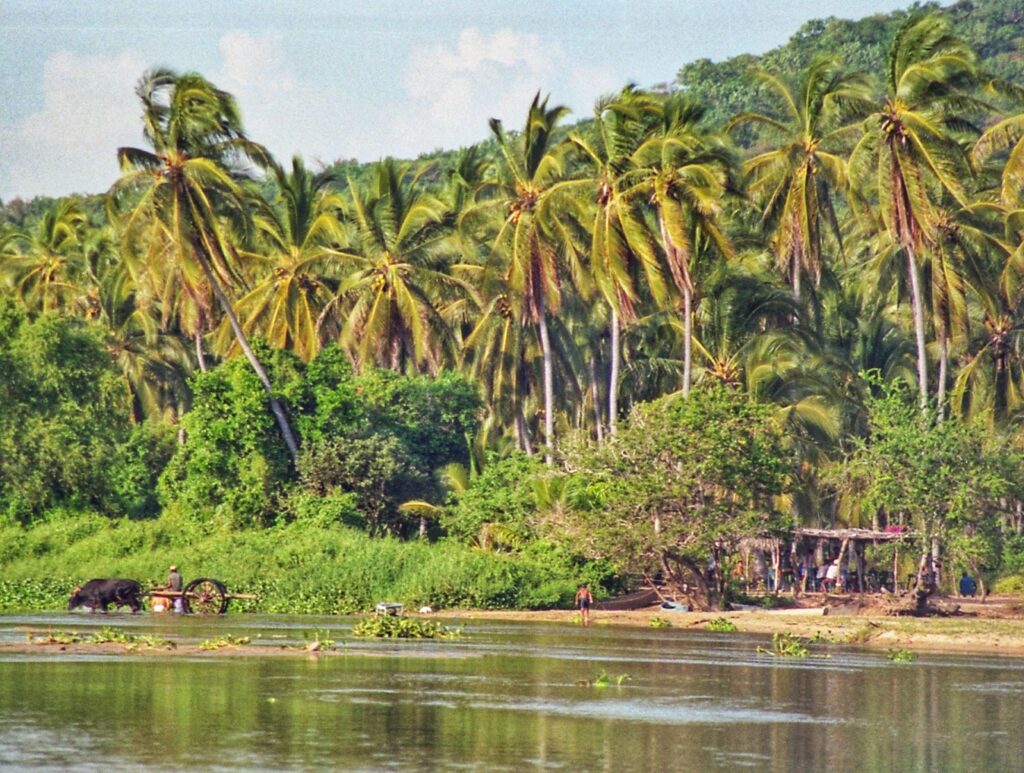
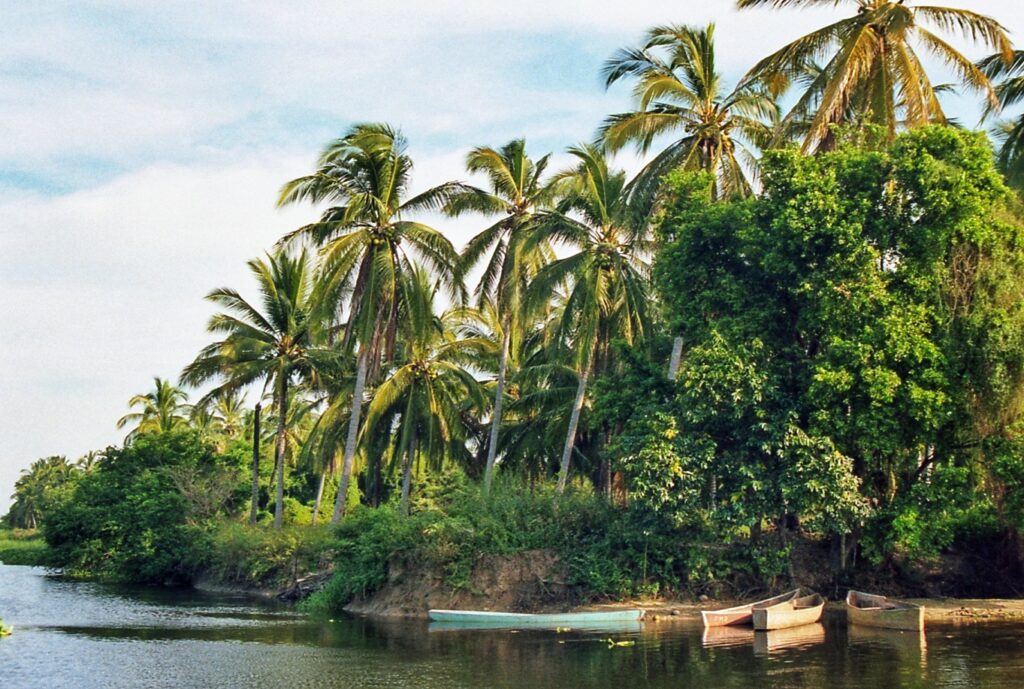
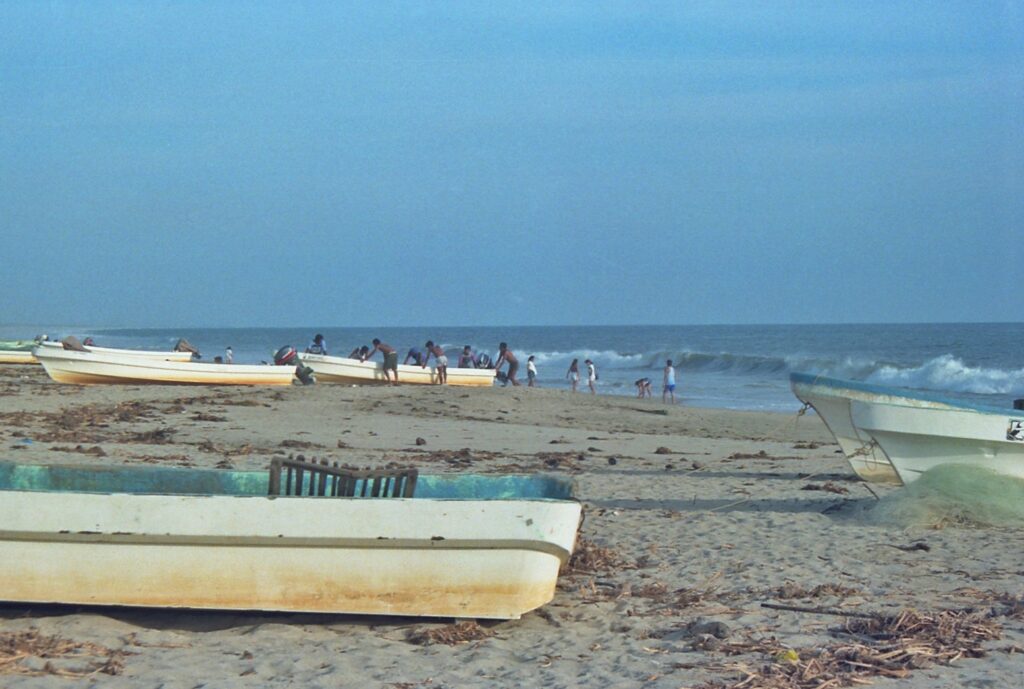
After finishing my Professional Studies (I am a Public Accountant) and having my first jobs, I was able to buy other 35mm and medium format cameras, about which I plan to write articles later to also share my experiences with them. However, the experience of using this Ricoh KR10 Super camera has been unique because it was my first fully functional camera. Only when using a TLR Yashica Mat 124G that I bought in 2001 have I had a similar feeling. Perhaps it is due to the level of control the user can have over the exposure. I suppose that this user experience is what pushed me to also buy a Ricoh KR30 SP and a Ricoh XR P Multiprogram. (Which I also want to talk to you about soon).
36 years after having bought this camera with my savings from my youth, I still use it occasionally, and it continues to produce photos that I really like and that in our family albums become fond memories. But above all, photography continues to make me very happy and no other activity gives me such joy.
For this reason, I owe a debt of gratitude to this Camera, which was the only one I could buy at that time and allowed me to start on the path of Photography.
I later decided to gift this camera to my wife. She generously allows me to use it from time to time. I believe this has allowed it to look even better and will prolong its lifespan.
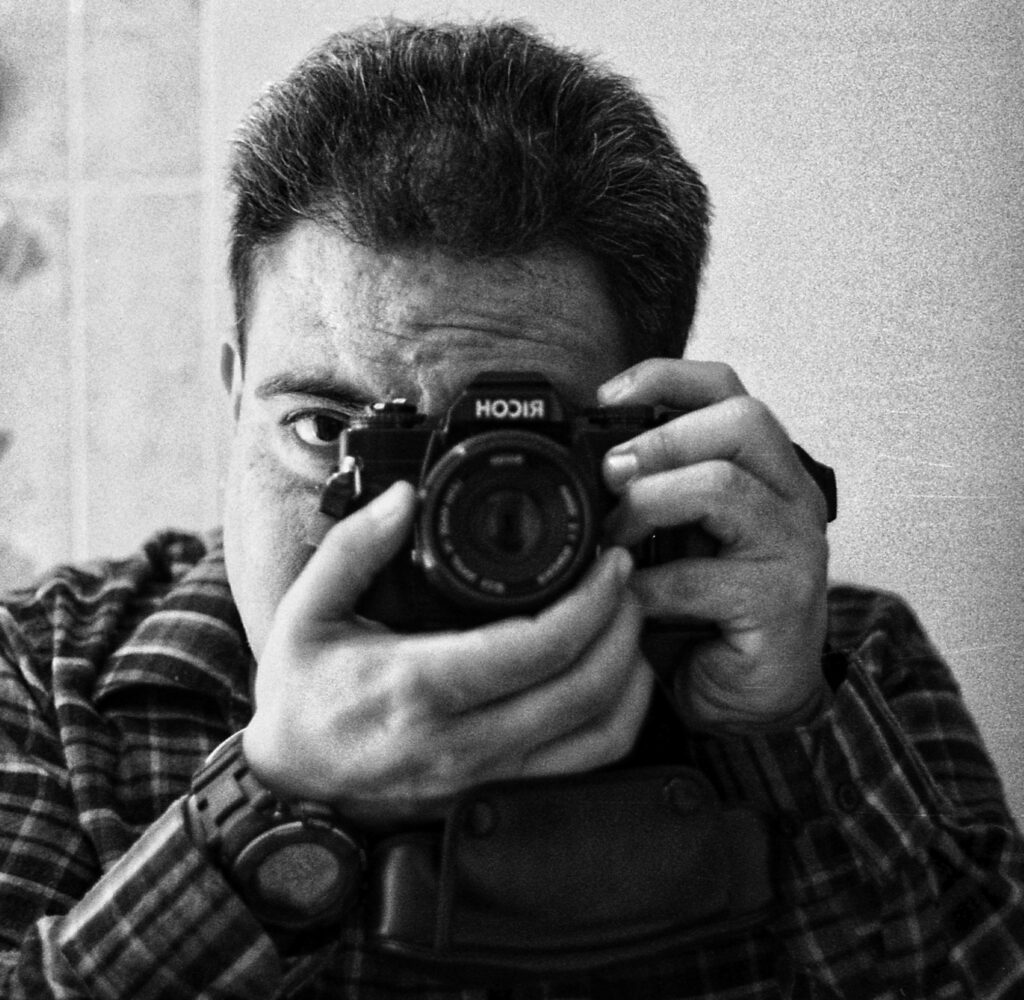
Cheap… but very good…
I sincerely believe that Ricoh cameras from the 80’s are underrated. Indeed, they do not have the ruggedness and resistance of other cameras, they do not have the sophisticated functions that other cameras of their time had; but I know that when used correctly, they produce excellent images, and there are many accessories and excellent quality lenses that can be adapted to them (they use the Pentax K bayonet lenses). I have a lot to tell you about the images I have made with Ricoh Cameras from the 80’s, so I will make an effort to write more about them and share them with you.
During the time I’ve owned it, the Ricoh KR10 Super has had a couple of breakdowns with the film advance and rewind system, but because it has a very basic construction and unsophisticated electronics, I’ve always been able to find someone to repair it and get it working again. I now know that I was very lucky because the camera only used two very easy to find and very cheap LR44 batteries, and not the expensive Lithium batteries that the most sophisticated cameras of its time used.
In a course on digital photography I took recently, the Professor asked us: With Artificial Intelligence, will photography as we know it disappear? The general answer was: NO! We will continue to take photos if only for the pleasure of taking and sharing them, regardless of anything else. Although photography will surely continue to evolve along the digital path, only fans of chemical photography understand that tingle, that pleasure, that joy and satisfaction that the possibility of taking and creating our own images gives us. I will never stop taking pictures on film (unless, of course, film is no longer made).
I hope this story motivates you to take up film photography.
Leonel Leyva C.
You can see some of my photos at X: LeoLeyCar
Share this post:
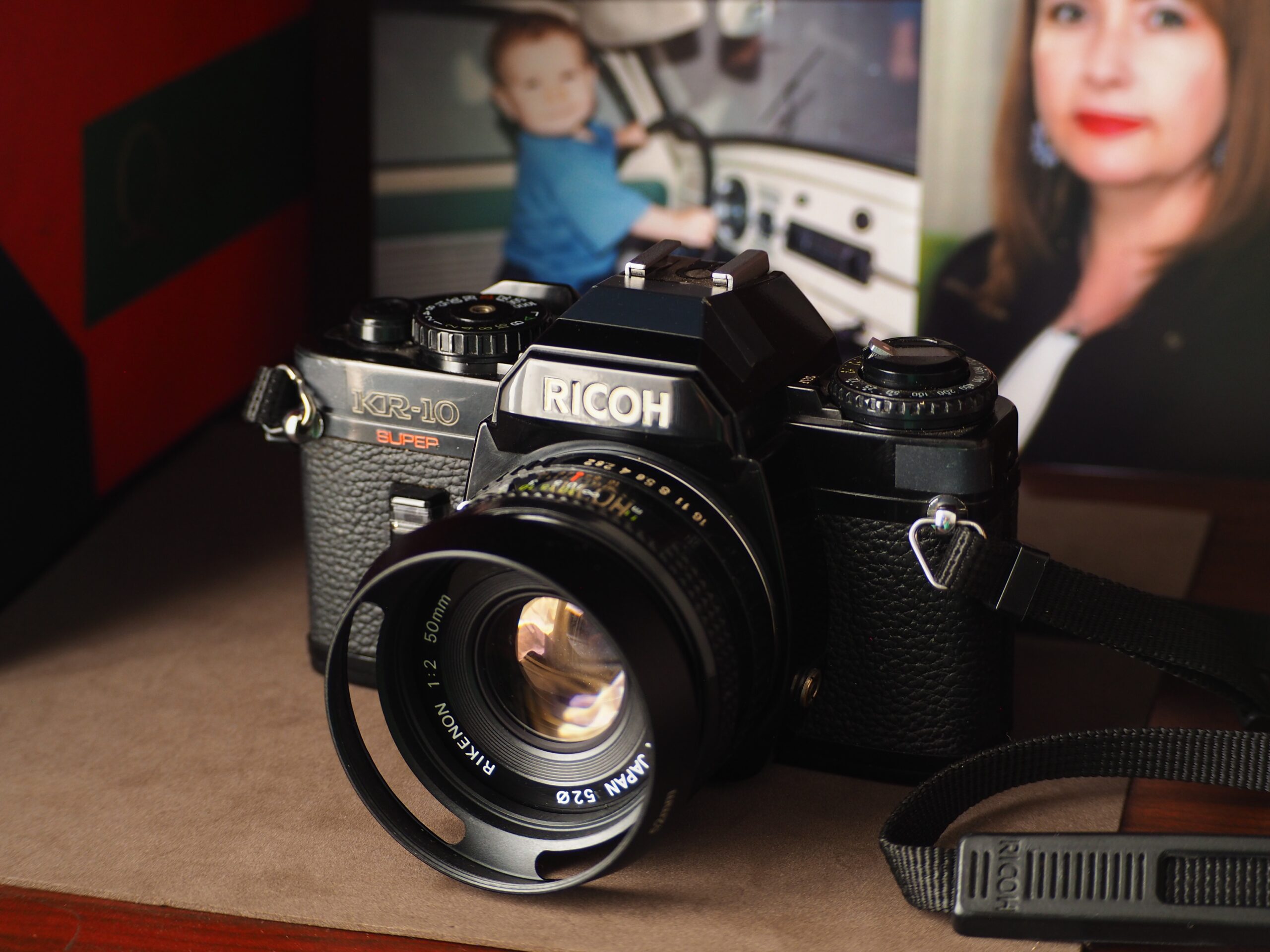
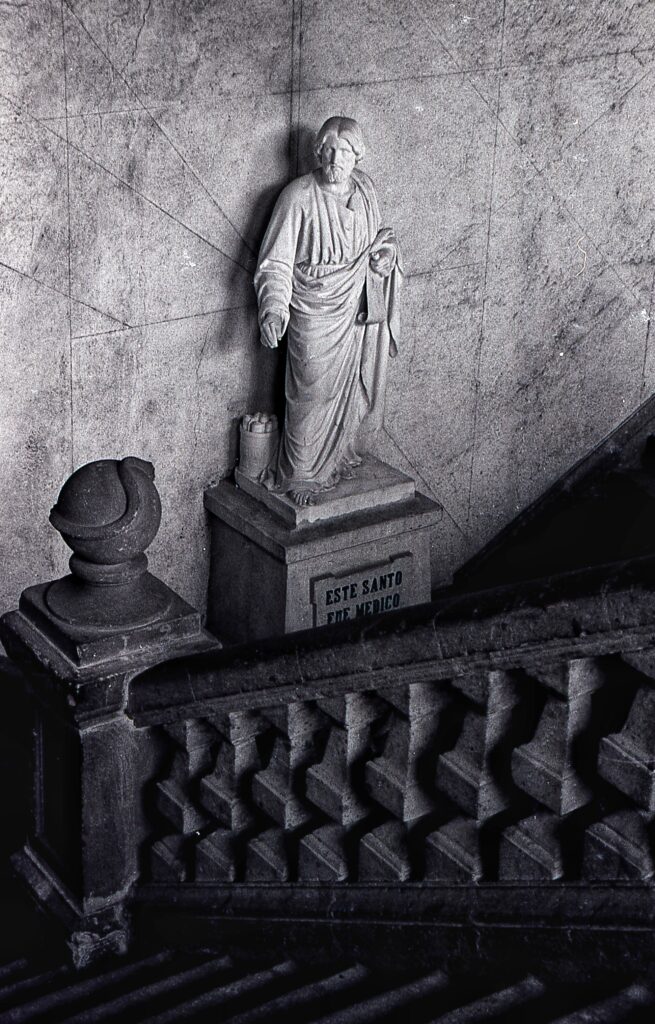
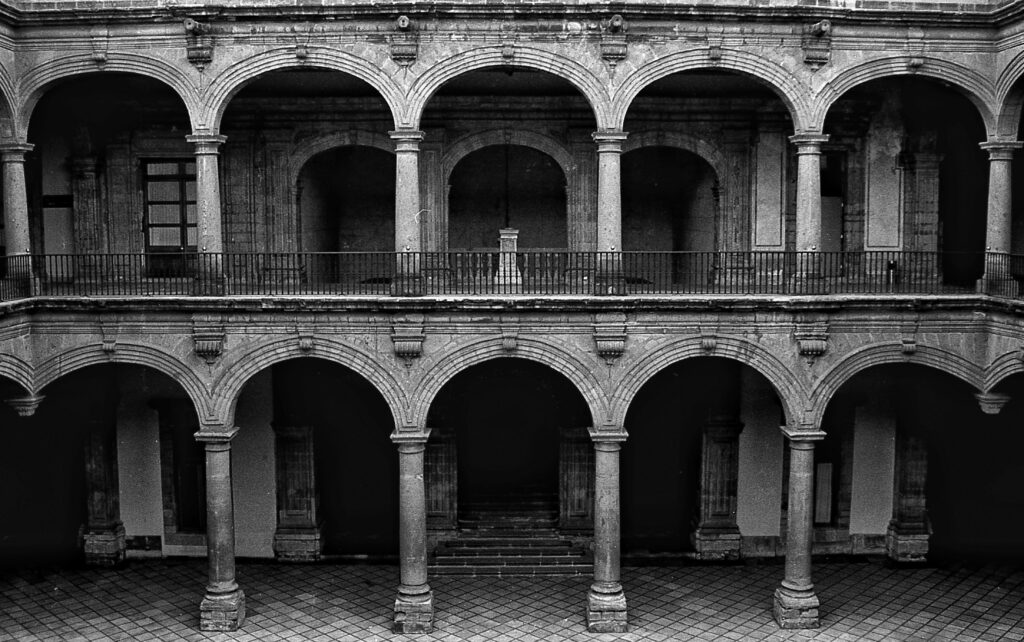
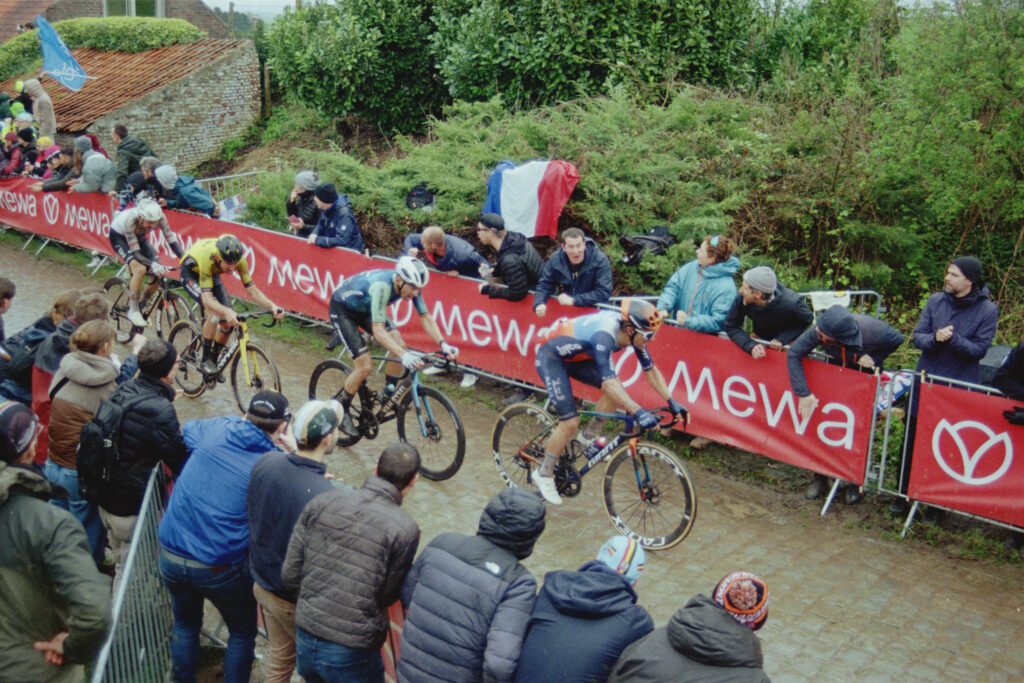
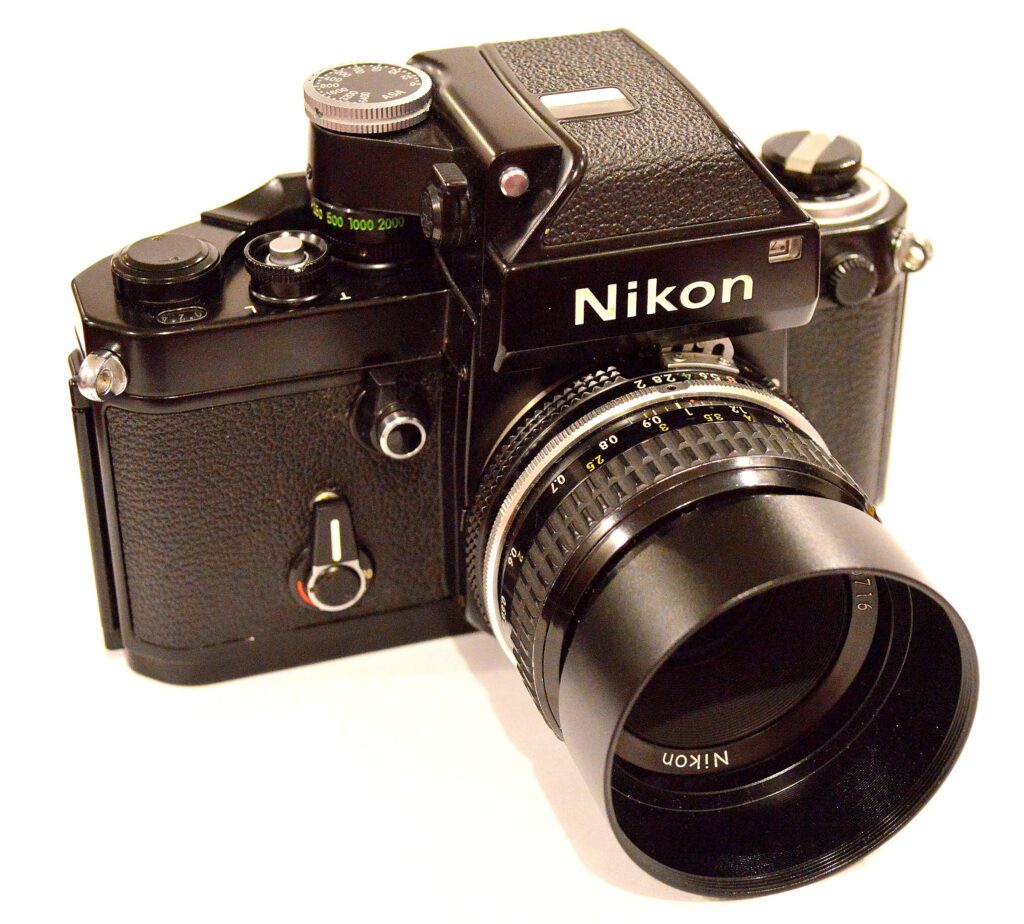
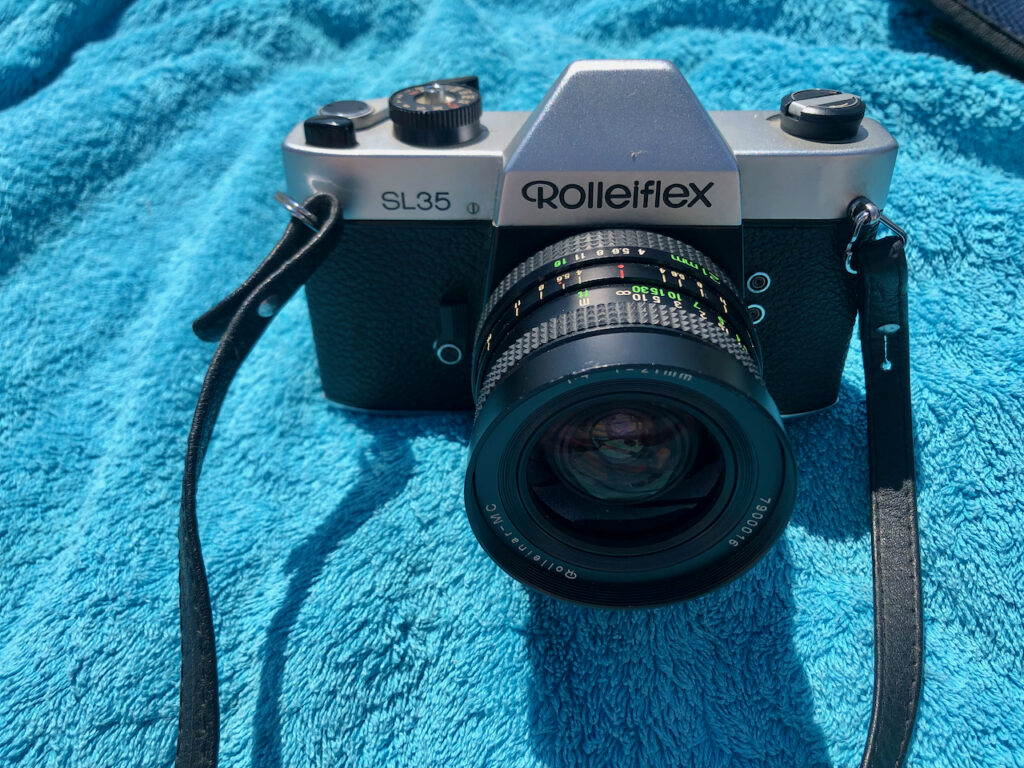
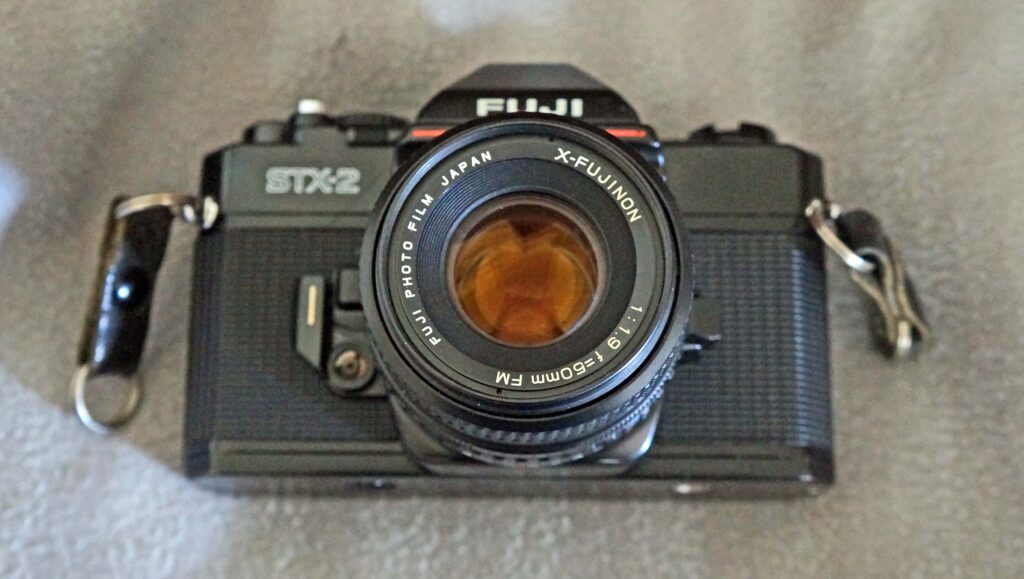




Comments
Timothy Hancock on Ricoh KR10 Super – I have a debt of gratitude to this camera
Comment posted: 20/11/2024
Sums it up !! Great article.
andy hertig on Ricoh KR10 Super – I have a debt of gratitude to this camera
Comment posted: 20/11/2024
Thank you very much for your post with the many pictures from back then.
I know the camera, I've had two before, as I still have various Pentax cameras that use the same bayonet.
But I've had a lot more grey hairs since the 90s ;-)
Have a good time
Andy
Dana Brigham on Ricoh KR10 Super – I have a debt of gratitude to this camera
Comment posted: 20/11/2024